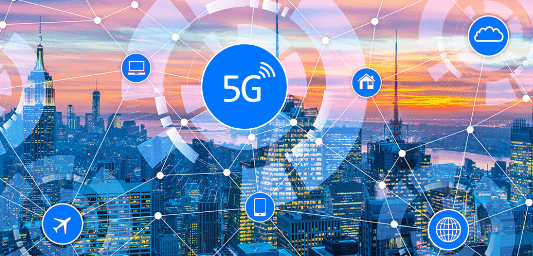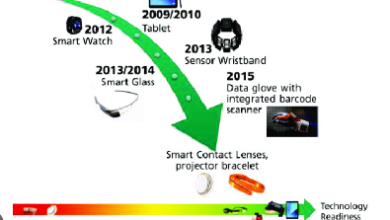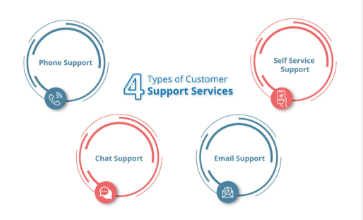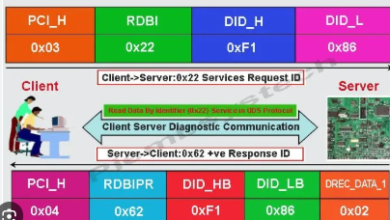What’s the difference between 4G and 5G networks?

In the ever-evolving world of technology, the transition from 4G to 5G networks marks a significant milestone. As we embrace this change, it’s crucial to understand what sets these two generations of wireless technology apart.
What is 4G?
4G, the fourth generation of cellular network technology, was a game-changer when it debuted. It replaced 3G and offered significantly faster data transfer rates, improved network congestion management, and enhanced quality of services like HD video streaming and high-speed mobile internet.
Key Features of 4G:
High Data Speeds: 4G networks provided speeds up to 100 Mbps for moving users and 1 Gbps for stationary users, enabling faster downloads and smoother streaming.
Improved Latency: Reduced latency compared to 3G, enhancing user experiences in gaming and video calls.
Better Network Capacity: Increased network capacity allowed more simultaneous high-bandwidth users.
The Advent of 5G
5G is the fifth generation of cellular network technology, and it’s more than just an upgrade in speed. It promises a complete overhaul of wireless communication, with a focus on speed, latency, and connectivity.
Advancements in 5G:
Unprecedented Speeds: 5G aims to provide peak data rates up to 20 Gbps, dwarfing 4G speeds.
Ultra-Low Latency: Latency in 5G is targeted to be as low as 1 millisecond, which is vital for applications like autonomous driving and telemedicine.
Massive Device Connectivity: 5G can support up to a million devices per square kilometer, crucial for the Internet of Things (IoT).
Network Slicing: This allows for creating multiple virtual networks within a single physical 5G network, catering to various needs and services.
Improved Bandwidth: Utilizes broader frequency bands like millimeter waves, enabling more devices to be connected with high throughput.
Differences Between 4G and 5G
Speed: 5G is significantly faster, offering data speeds that are up to 100 times faster than 4G.
Latency: 5G dramatically reduces latency, offering near real-time communication, essential for critical applications.
Capacity and Connectivity: 5G supports a far greater number of connected devices, addressing the growing needs of the IoT era.
Frequency Bands: 5G uses higher frequency bands, which allows for faster data transmission but has a shorter range.
Network Architecture: 5G introduces a more flexible and efficient network architecture, including advancements like edge computing.
The Impact of 5G
The implications of 5G extend far beyond just faster smartphones. It’s set to revolutionize industries by enabling new technologies like augmented reality, virtual reality, autonomous vehicles, and smart cities. The ultra-reliable, low-latency communication of 5G will also transform healthcare and emergency services.
Conclusion
The leap from 4G to 5G is not just about faster internet. It’s about unlocking a new realm of technological possibilities and paving the way for future innovations. As we transition into this new era, understanding and adapting to these changes will be crucial for individuals and businesses alike.






